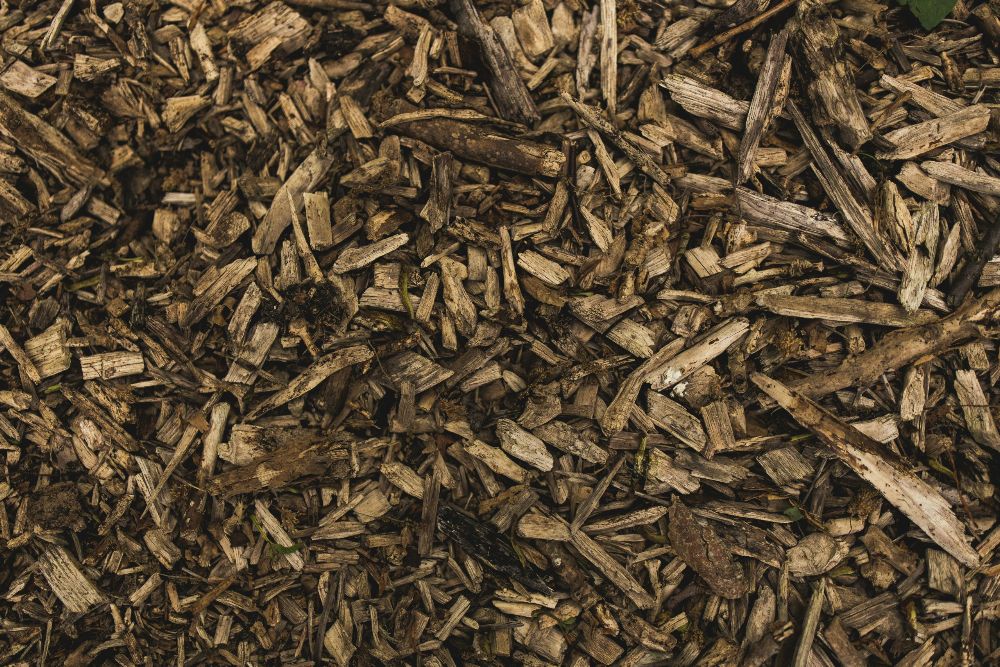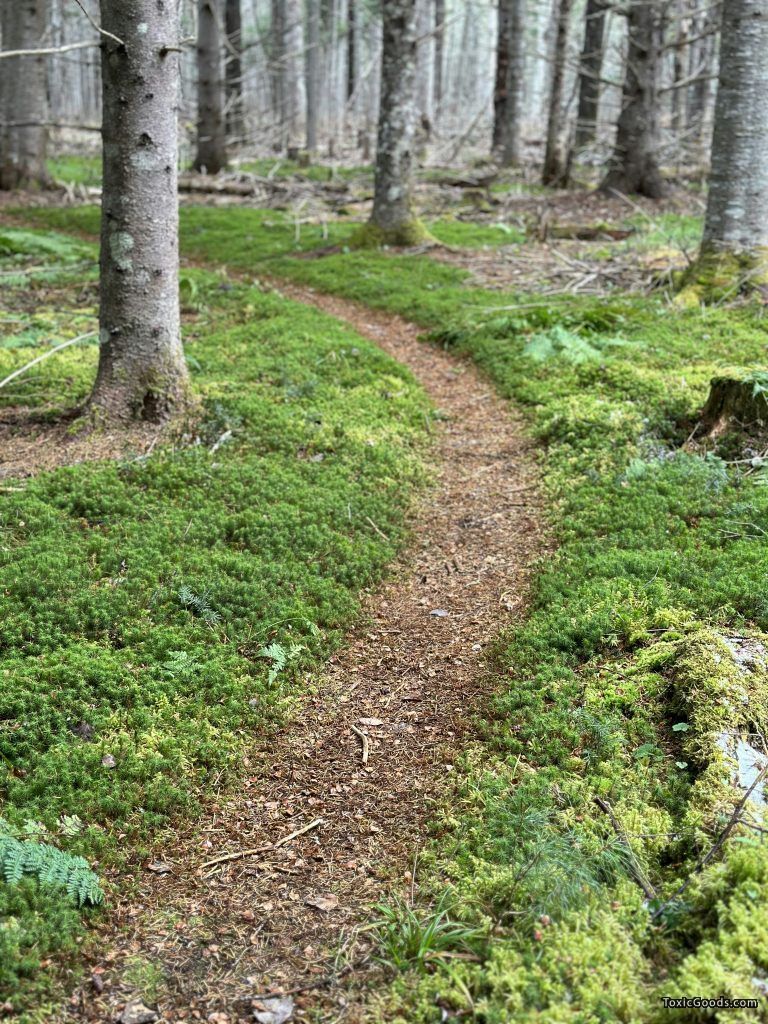Wood mulch toxicity – what you need to know
 Wood mulch is widely used in landscaping for soil moisture retention, weed prevention, and aesthetic enhancement. However, many do not realize that wood mulch can contain a variety of toxic substances, including hazardous chemicals, fungal spores, and harmful particles. These substances pose significant risks to human health, especially when mulch is improperly stored, handled, or when it decomposes.
Wood mulch is widely used in landscaping for soil moisture retention, weed prevention, and aesthetic enhancement. However, many do not realize that wood mulch can contain a variety of toxic substances, including hazardous chemicals, fungal spores, and harmful particles. These substances pose significant risks to human health, especially when mulch is improperly stored, handled, or when it decomposes.
This informational guide explores the dangers associated with wood mulch exposure, the chemicals commonly found in mulch, and the potential health risks they pose.
Toxic Chemicals and Their Composition in Wood Mulch
Wood mulch can contain a number of harmful chemicals that are either naturally present in the wood or introduced during the mulching process. These chemicals, particularly when inhaled or ingested in even small quantities, can cause serious health issues. Below are some of the chemicals commonly found in wood mulch:
1. Formaldehyde
- Source: Formaldehyde is often found in pressure-treated wood used to make mulch, or as a byproduct of wood decomposition.
- Health Risks: Formaldehyde is a known carcinogen, and chronic exposure can cause respiratory irritation, asthma, skin rashes, and an increased risk of developing cancers such as nasopharyngeal cancer. Inhalation of formaldehyde fumes can cause nosebleeds, throat irritation, and lung damage.
2. Chromated Copper Arsenate (CCA)
- Source: CCA is a chemical preservative used in pressure-treated wood. When CCA-treated wood is ground up to make mulch, the arsenic and chromium compounds in CCA can leach into the soil and be released into the air as fine dust.
- Health Risks: Arsenic is highly toxic and can cause nausea, vomiting, diarrhea, cancer, and nerve damage when ingested or inhaled. Chromium exposure, particularly hexavalent chromium, is linked to lung cancer and allergic reactions. Chronic exposure can also lead to liver and kidney damage.
3. Creosote
- Source: Creosote is a wood preservative made from coal tar and used to treat railroad ties and utility poles. When these treated woods are recycled into mulch, creosote can be present.
- Health Risks: Creosote is classified as a probable human carcinogen. Prolonged skin contact can cause rashes, burns, and in severe cases, skin cancer. Inhalation of creosote vapors can irritate the respiratory tract, leading to chronic bronchitis and lung damage.
4. Pentachlorophenol (PCP)
- Source: PCP is another wood preservative used to prevent wood decay. Though banned for most residential uses, it may still be present in industrial wood that is repurposed into mulch.
- Health Risks: PCP is toxic to the liver, kidneys, nervous system, and immune system. Exposure can result in headaches, nausea, dizziness, and in extreme cases, seizures and coma. Long-term exposure is also linked to cancer.
5. Dioxins
- Source: Dioxins are byproducts of certain industrial processes, including the burning of chlorine-containing products. They can accumulate in treated wood or wood waste used for mulch.
- Health Risks: Dioxins are highly toxic and can cause reproductive and developmental problems, damage to the immune system, hormone disruption, and cancer. Dioxins are also known to persist in the environment, making their potential impact long-lasting.
6. Volatile Organic Compounds (VOCs)
- Source: VOCs, such as benzene and toluene, are released during the anaerobic decomposition of wood mulch, particularly when the mulch is stored in large piles or kept wet for prolonged periods.
- Health Risks: Inhalation of VOCs can cause a range of symptoms including dizziness, headaches, nausea, and respiratory irritation. Long-term exposure can lead to more serious conditions such as liver damage, kidney damage, and central nervous system impairment. Benzene, in particular, is a known carcinogen associated with an increased risk of leukemia.
Fungal Spores and Toxic Gases in Mulch
In addition to chemical compounds, mulch can harbor dangerous biological agents such as fungi and mold, which release toxic spores and gases.
1. Fungal Spores (e.g., Aspergillus fumigatus)
- Source: Fungi thrive in the damp, organic environment of wood mulch. Spores from fungi like Aspergillus fumigatus are often less than 5 microns in size, making them easily airborne and inhalable.
- Health Risks: Inhalation of fungal spores can lead to toxic pneumonitis, hypersensitivity pneumonitis, and other respiratory issues. Individuals exposed to these spores may experience symptoms like chronic cough, shortness of breath, fever, and fatigue. Those with weakened immune systems are at risk of developing serious infections that can spread systemically, causing organ damage.
2. Anaerobic Fermentation and Toxic Gases
- Source: When wood mulch is stored in large piles without adequate oxygen, it undergoes anaerobic fermentation, producing toxic gases such as methanol, ethanol, and acetic acid.
- Health Risks: Exposure to these gases can cause headaches, nausea, and respiratory irritation. Prolonged exposure to high concentrations can result in more serious health issues, including damage to the nervous system and respiratory failure.
Respiratory and Systemic Health Effects from Wood Mulch Exposure
The chemical and biological hazards present in wood mulch can cause a range of health effects, from mild irritation to severe systemic illnesses:
1. Organic Dust Toxic Syndrome (ODTS)
- Symptoms: Fever, headaches, fatigue, muscle aches, coughing, and chest discomfort.
- Cause: Inhalation of organic dust from wood chips or mulch, which triggers an inflammatory response in the lungs.
2. Toxic and Hypersensitivity Pneumonitis
- Symptoms: Persistent coughing, shortness of breath, fatigue, and flu-like symptoms.
- Cause: Exposure to fungal spores and wood dust, leading to immune reactions and lung inflammation.
3. Chronic Respiratory Issues
- Symptoms: Chronic bronchitis, asthma, wheezing, and lung infections.
- Cause: Long-term exposure to wood dust, VOCs, and chemicals such as formaldehyde and arsenic.
4. Cancer Risk
- Chemicals Involved: Formaldehyde, arsenic, dioxins, and benzene.
- Cause: Prolonged exposure to these carcinogenic compounds increases the risk of lung, bladder, and skin cancers.
How to Protect Yourself from Wood Mulch Hazards
Given the significant health risks posed by wood mulch, it’s essential to take precautions when handling or using mulch in landscaping projects:
- Use Properly Treated Mulch: Opt for mulch that is free of chemicals like CCA, creosote, and other preservatives. Look for certified organic or untreated wood mulch.
- Wear Protective Gear: Always wear a mask when handling mulch to prevent inhalation of dust and spores, and use gloves to avoid skin contact with harmful chemicals.
- Monitor Mulch Storage: Store mulch in well-ventilated areas to prevent the buildup of toxic gases from anaerobic fermentation. Avoid storing mulch in large, wet piles for long periods.
- Use Safe Alternatives: Consider using non-organic mulch materials like rock or stone to avoid the chemical and biological risks associated with wood mulch.
Conclusion
While wood mulch may enhance the appearance of your garden, it can also pose serious health risks due to the chemicals, fungal spores, and gases it contains. By understanding these dangers and using mulch responsibly, you can protect your health and minimize the risks of exposure. Always prioritize safety by using protective equipment, choosing untreated mulch, and monitoring mulch storage conditions to reduce potential health hazards.
